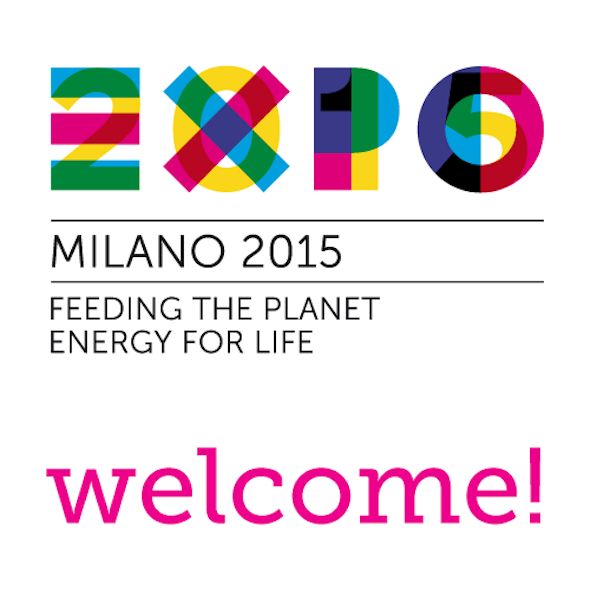With its core theme Feeding the Planet, Energy for Life, Expo Milano 2015 will help raise awareness on the theme of global food and nutrition challenges, with events that highlight conscious political choices, develop eco-friendly lifestyles, and use the best technology to create a balance between the availability and the consumption of resources.
The Expo theme therefore confronts issues of agriculture, sustainable development, and the struggle to combat hunger for the common good, through a range of exhibitions, conferences, events and performances, as well as thematic tours and attention-grabbing architecture. In this context, the site of Expo Milano 2015 is designed by internationally-renowned architects, and comprises an area of 1.1 million square meters, which includes an exposition garden with more than 12,000 trees, water features and a canal, and two wide avenues, the Cardo and the Decumano, on which stand the pavilions of the participating countries, the public squares and the areas dedicated to events. Constructed to be energy-efficient and sustainable, all the buildings are designed to be removed and reused after the event concludes.
In this sense, the site is hosting four thematic areas. These range from Pavilion Zero, which traces the history of humankind via its relationship with food, to the Future Food District, which explains how technology will change food storage, distribution, purchase, and consumption. Then there are the areas of the Children’s Park, where the young folk can learn about the themes of Expo Milano 2015 while having fun, and the Biodiversity Park, a large garden in which a number of our planet’s ecosystems are reproduced. In Milan itself, at the Triennale Museum, will be Arts & Foods, an exhibition exploring how the relationship between food and art has changed over the centuries.
In addition, for the countries that chose not to have their own pavilions, Expo Milan 2015 has created an innovative mode of participation: the Cluster. These nine exhibition spaces bring together countries that all produce, or have a relationship with, a specific food. Within each Cluster, videos, installations and photo exhibitions illustrate the history of the food or kind of food. Cooking demonstrations and tastings will take place, and there will also be a market, where visitors can discover these foods, presented directly by the people who cultivate them.
More than 145 countries are participating in this year's Expo Milano 2015, which is expected to attract more than 20 million visitors during its six months of events.
Watch this video to get a better impression of Expo Milano’s sustainable theme, and follow the event’s daily diary to not miss a single event.
More information on www.expo2015.org.
Elisabeta Tudor © Modemonline




